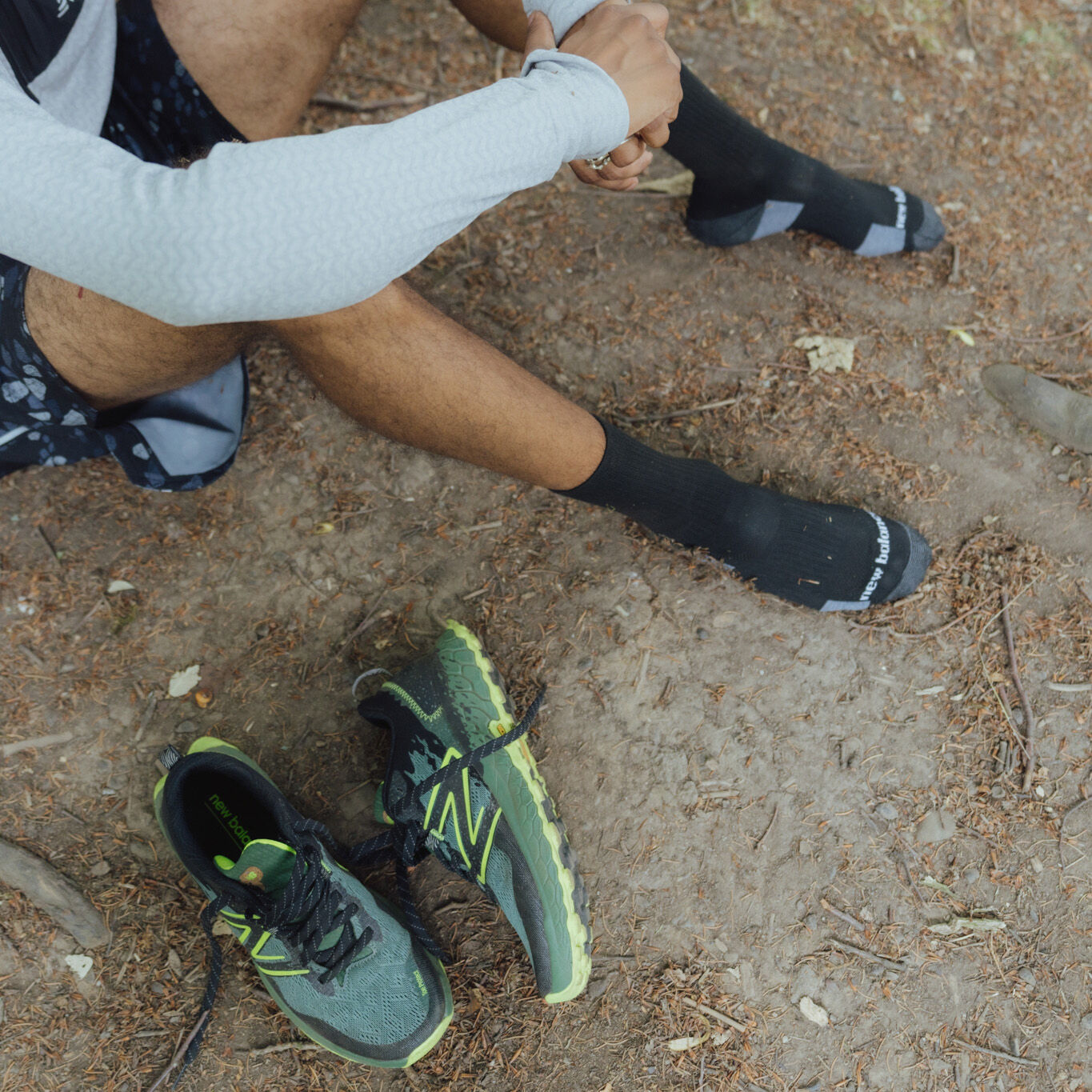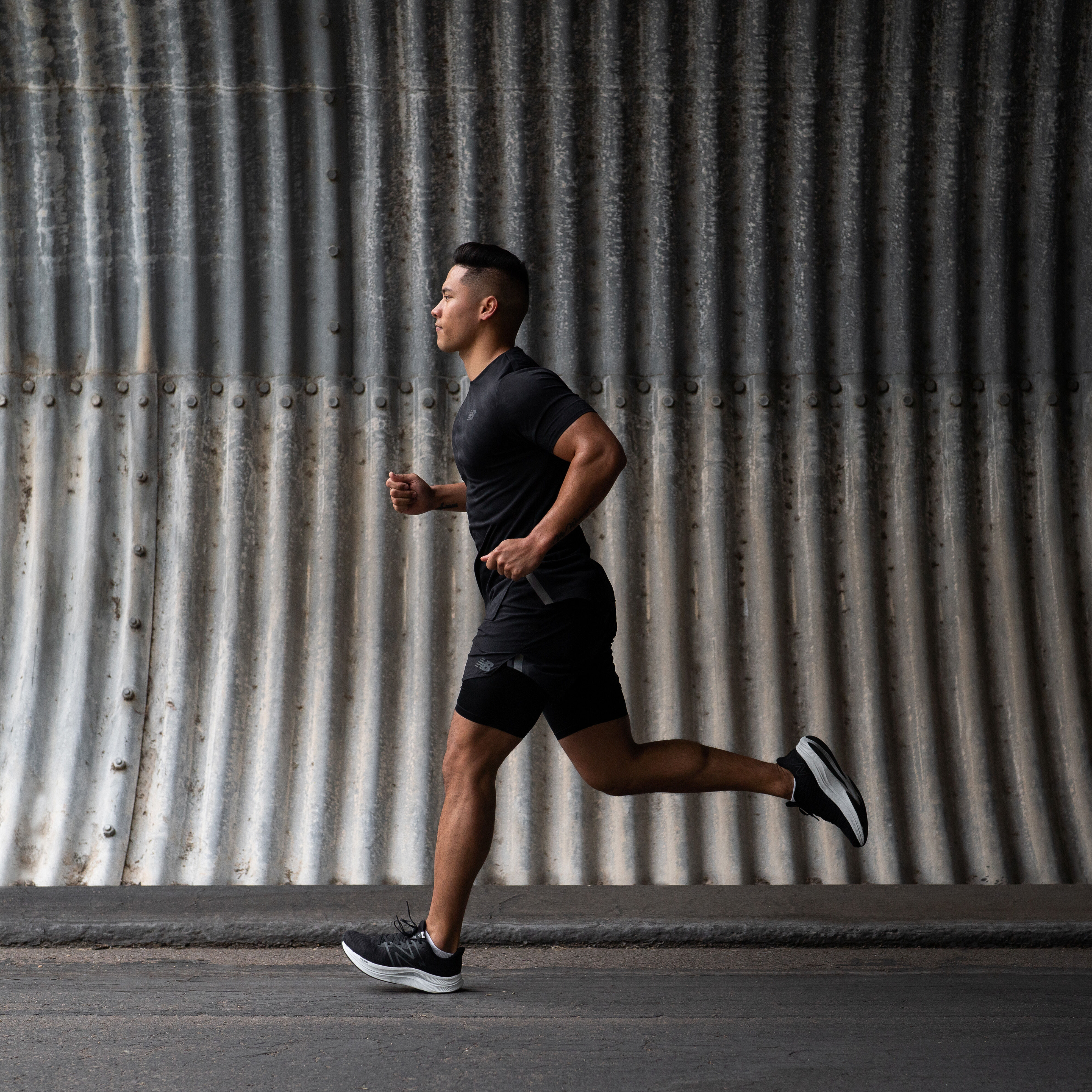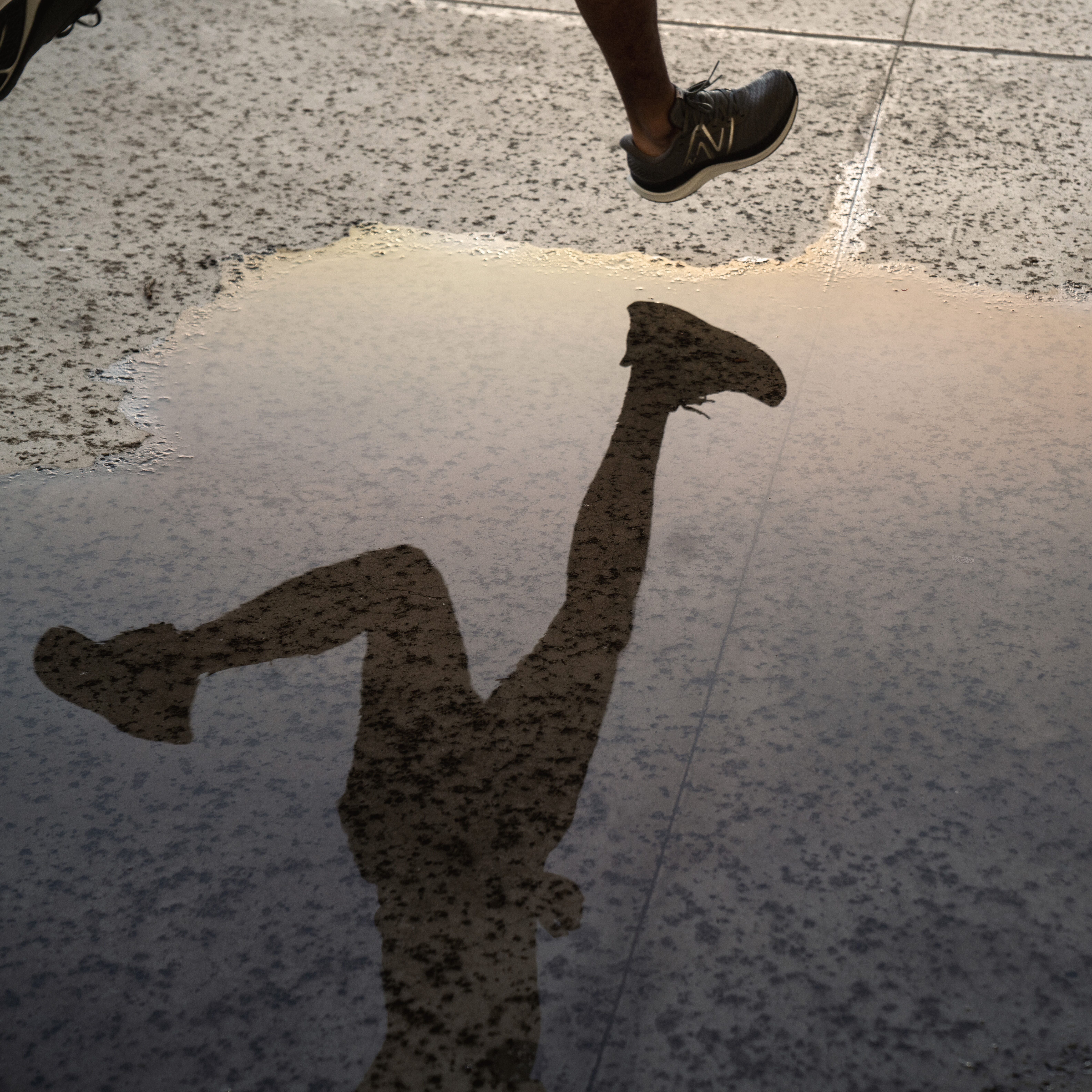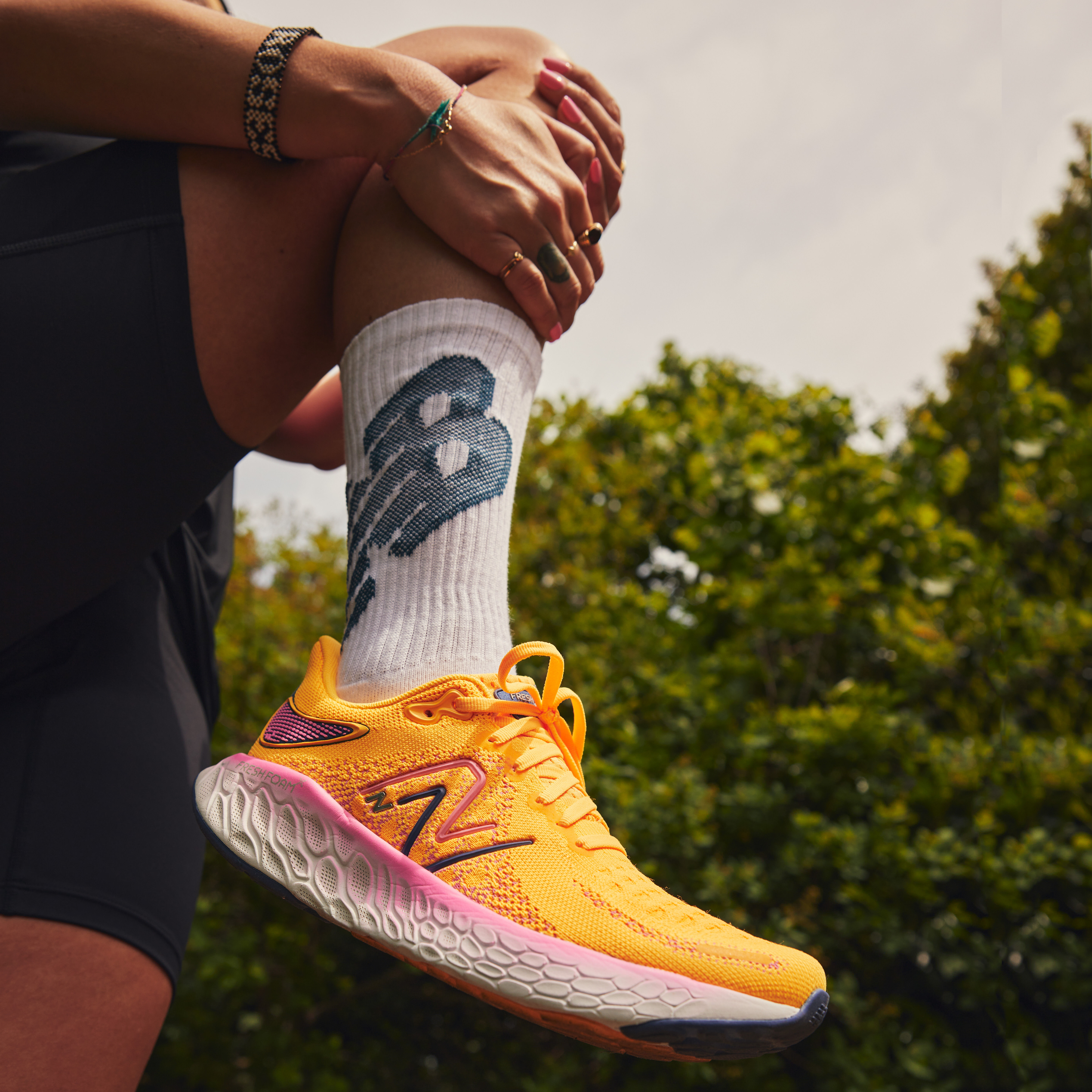
Is it necessary to stretch after running?
In one word: yes. That’s the same if you’re training for a marathon, or your first 5k. No matter how many miles you’ve just clocked up, how tired you are or how sweaty you feel, it’s important to ensure that you take the time to do a post-run cool down routine. It doesn’t have to be long; anything is better than nothing. But the more you do them, the better you’ll feel.
Stretching right after a run can help reduce muscle and joint stiffness that can occur post-workout, known as delayed onset muscle soreness (DOMS). DOMS can be caused by excessive exercise which causes lactic acid to build up in your muscles and causes inflammation and pain. Stretching lengthens tight muscles which promotes flexibility, strengthens specific areas aids in recovery after running and improves blood flow which reduces the pain of DOMS.
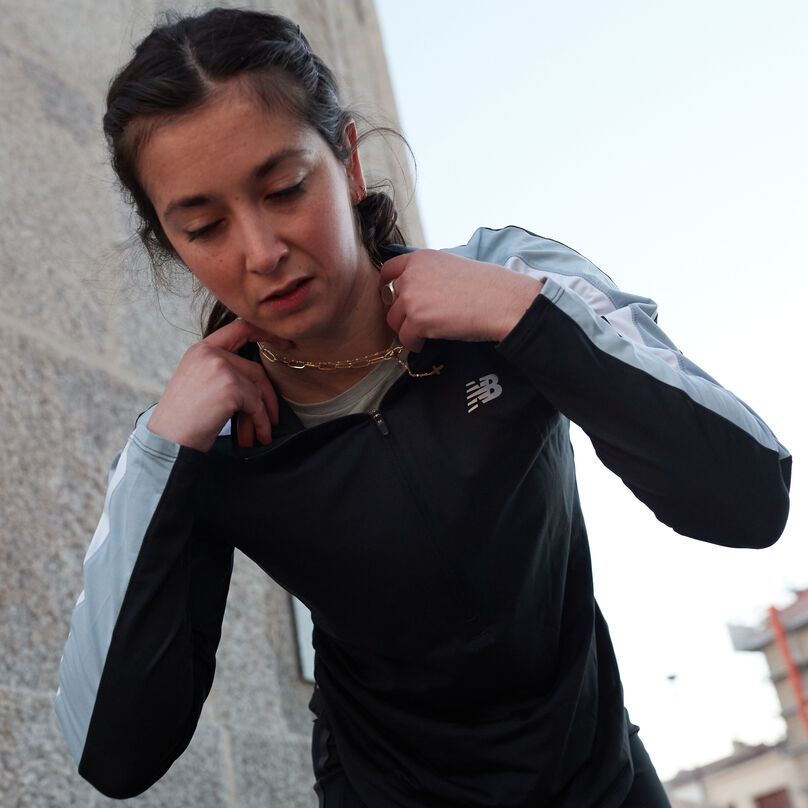
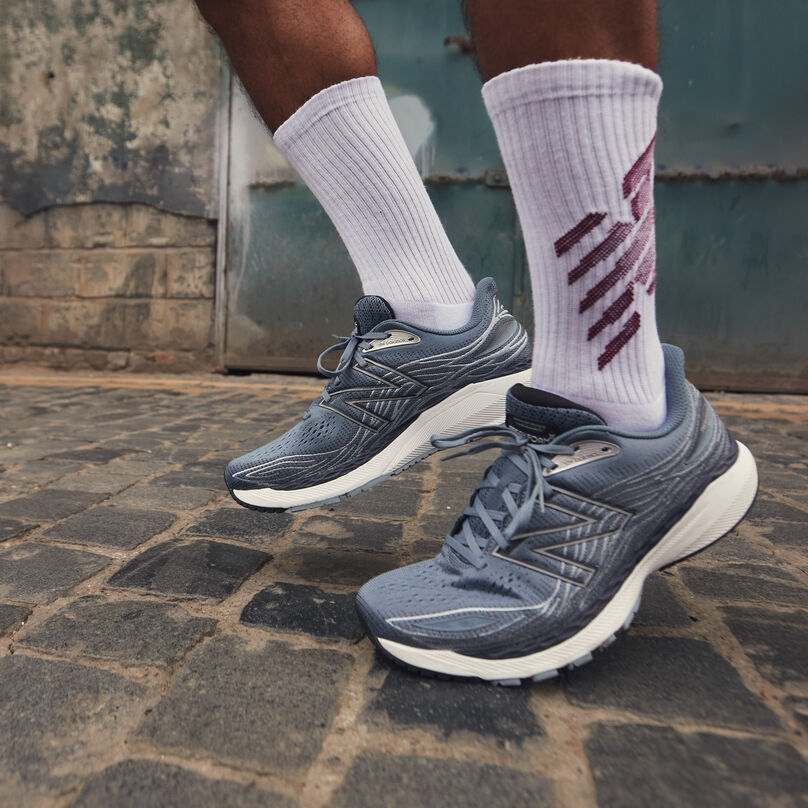
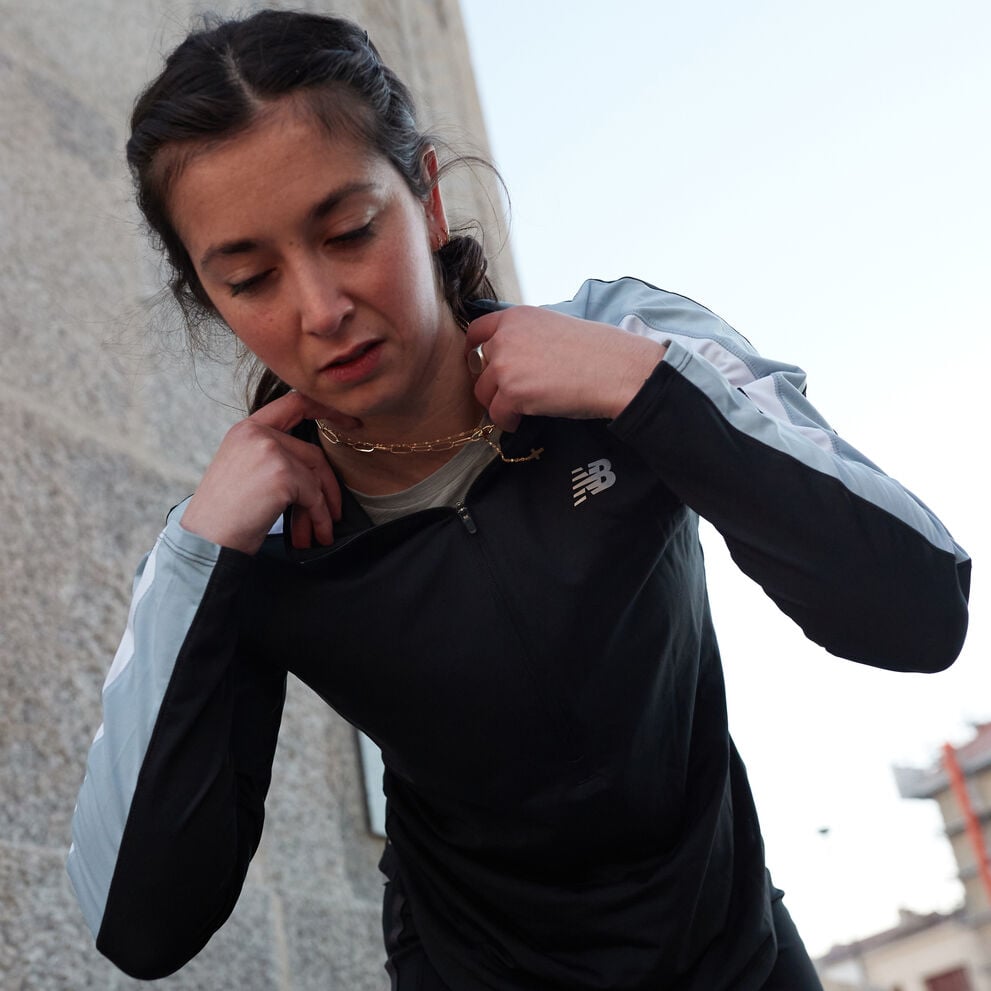
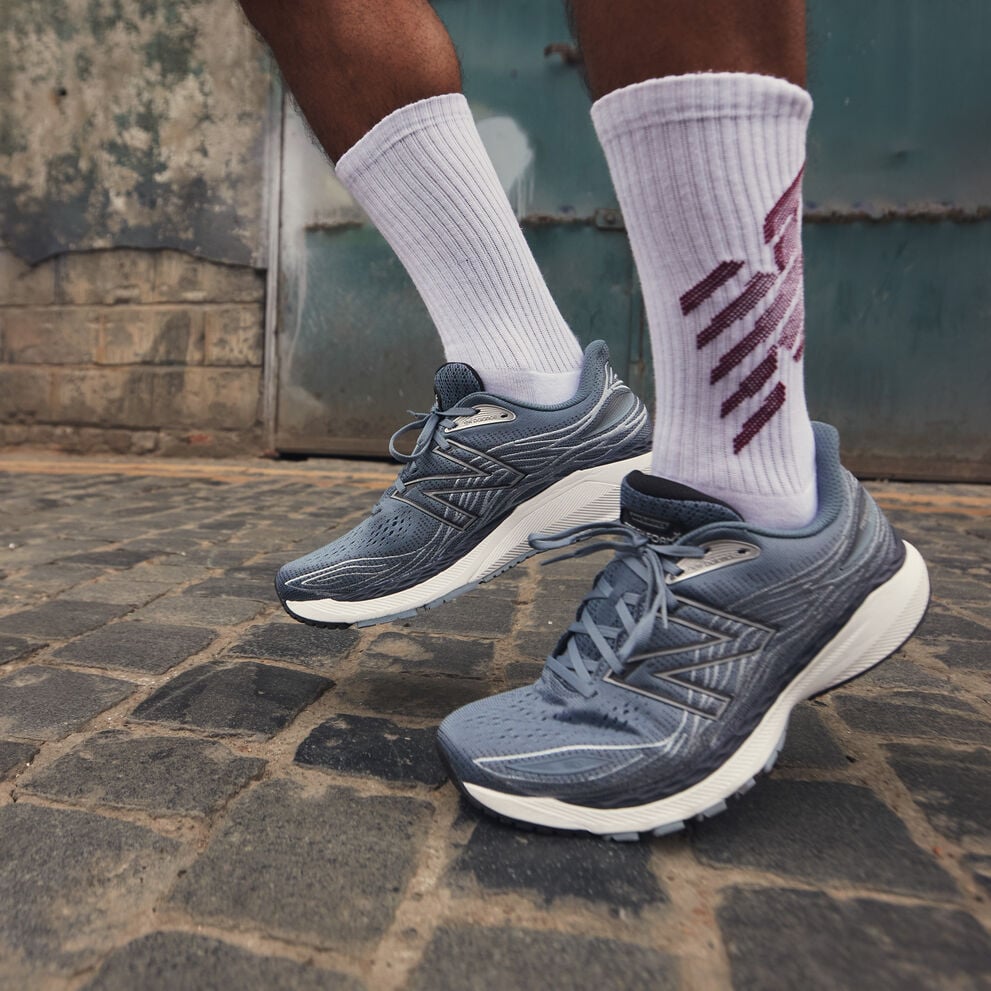
Types of post run stretches
Deep lunge stretch
Sore hips are a common issue amongst runners and a deep lunge really opens those tight hip flexors. These are particularly good if you have a sedentary job too.
1. Lunge forward with your right leg, keeping your knee at a 90-degree angle and your toes facing forward.
2. Your left leg should be bent and should be sitting nicely under your hip.
3. Maintain this stretch for 30 seconds.
4. Repeat on the opposite leg.
Standing quad stretch
Tackled a gnarly hill on your run and your quads are paying the price? Or just struggled more than usual? Your quads work hard with your knees and bum to power your legs forward so a standing quad stretch will do wonders for them.
1. Stand tall with your core engaged.
2. Pull your right foot up behind you with your hand and bring it in close to your bum to feel a deeper stretch in your quads.
3. Keep your core engaged and focus on keeping straight – try not to lean forward or back.
4. Hold the stretch for 30 seconds.
5. Repeat on the opposite leg.
Standing adductor stretch
For a great leg stretch after running, opt for the standing adductor. It focuses on the group of muscles on the inside of your thigh, including the groin. Stretching these muscles is particularly good if your run includes fast movements like sprints or intense hills.
1. Stand with your feet.
2. Shift your weight to the right leg and allow your knee to bend.
3. Keep the opposite leg straight to feel the stretch on the inside of your thigh.
4. Hold for 30 seconds.
5. Repeat on the opposite side.
Standing calf stretch
For a stretch that works both your calf muscles and your hamstrings, the calf stretch is unparalleled. These handy little stretches tackle the tightness in your calves that often occurs if you tend to land on the front of your foot when you run.
1. Stand with the right foot in front of the other, about shoulder-width apart.
2. Bend your left knee and keep your front knee straight as you fold forward and place your hands on your bent one until you feel the stretch in your calf.
3. Hold the stretch for 30 seconds.
4. Repeat on the opposite leg.
Hamstring stretch
Hamstrings aching after a long run is something every runner has experienced at one point. This usually happens when you have poor running form as you over-stretch them by taking a stride that is too long. If you don’t stretch them after your run, your hamstrings can feel tight and sore for days.
1. Lie on your back with your legs fully extended and your toes facing towards the sky.
2. Raise your right leg towards you and hold onto the back of your thigh with both hands. Interlock your fingers for stability.
3. Exhale as you gently bring your leg closer towards you.
4. Hold for 30 seconds.
5. Repeat on the opposite leg.
Lying gluteal stretch
This stretch focuses on opening your hip flexors and the gluteus maximus. Building flexibility and strength in these two muscles is vital for runners.
1. Lie on your back with your legs out.
2. Bend your right leg and bring the knee towards your chest.
3. Keep the extended leg as straight as possible.
4. Hold the stretch for 30 seconds.
5. Repeat on the opposite leg.
Lower back stretch
Practicing back stretches after running can help to loosen tight muscles reduces the risk of the tension from climbing further up your spine. By focusing on easing muscle tightness here, you can potentially reduce the risk of back sprains and spasms.
1. Lie on your back with your legs straight out.
2. Bring bent knees into your chest and wrap your arms around them.
3. Gently pull towards you to deepen the stretch in your lower back.
4. Hold for 30 seconds.
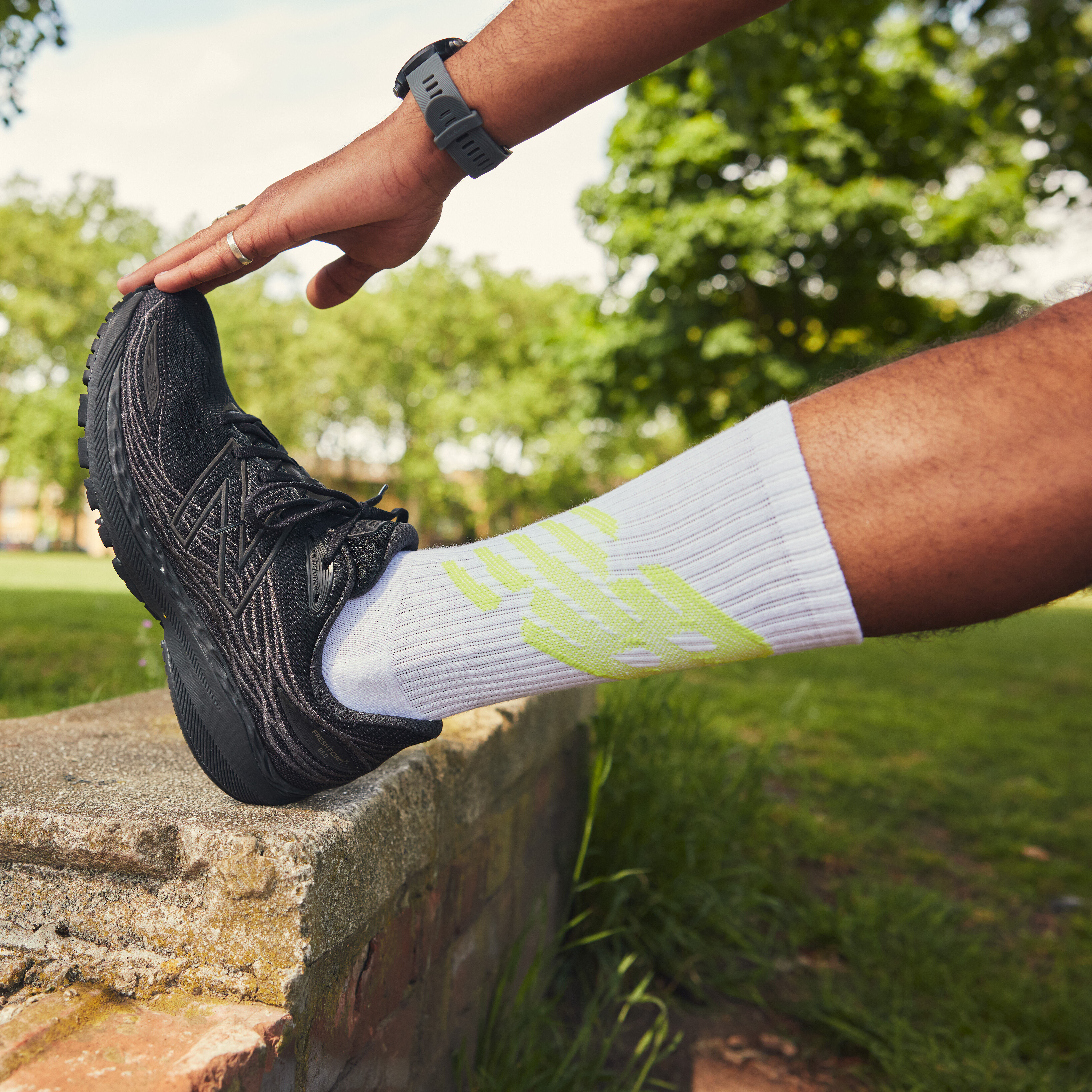
Benefits of stretching after running
Post-run stretches needs to be a part of your running routine and should be given the same reverence as your running or interval training. Here are just a few of the benefits you can get from implementing a cool down after your run.
• Improved range of motion. Unstretched muscles tend to remain constricted which means you can’t always use them to their full ability. A better range of motion can mean you could get better results on your runs because your muscles are used to being worked to their maximum capacity.
• Gets the body to slow down gradually. By taking the time to slow down your body, and not just stopping cold, you can maximise the benefits of your work out and give your body the time it needs to cool down.
• Make the most of the mind-muscle connection. Stretching the body gives you the opportunity to connect with your body, allowing you to recognise any sore muscles or joints that need rest or extra attention in the stretching department.
• Increased flexibility. Stretching helps constricted and contracted muscles release back to their comfortable state and your body will eventually become more flexible. This can put less strain on the muscles in future runs.
So, there you have it. Taking the time to incorporate stretches after a good run is a vital part of your running routine. It’s calming and your muscles will thank you for it in the morning.

